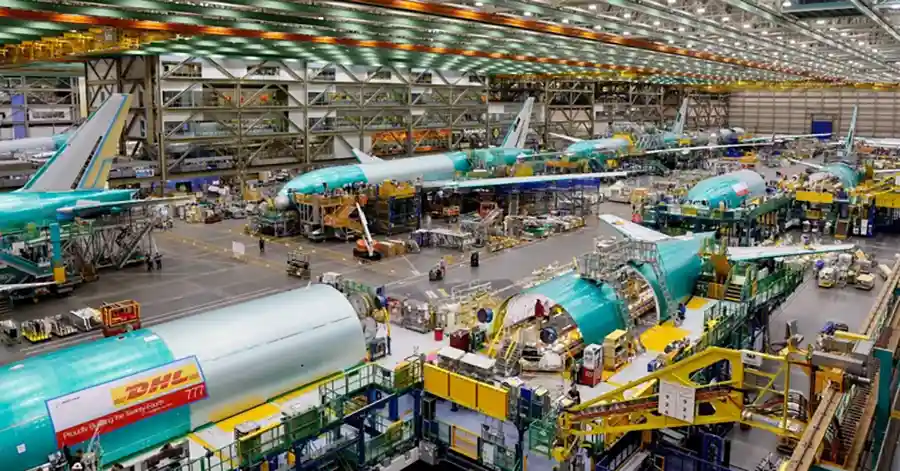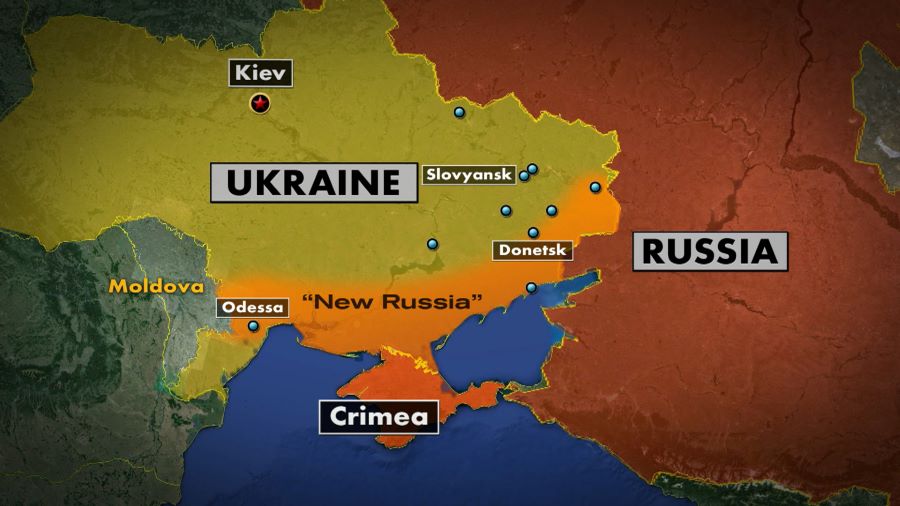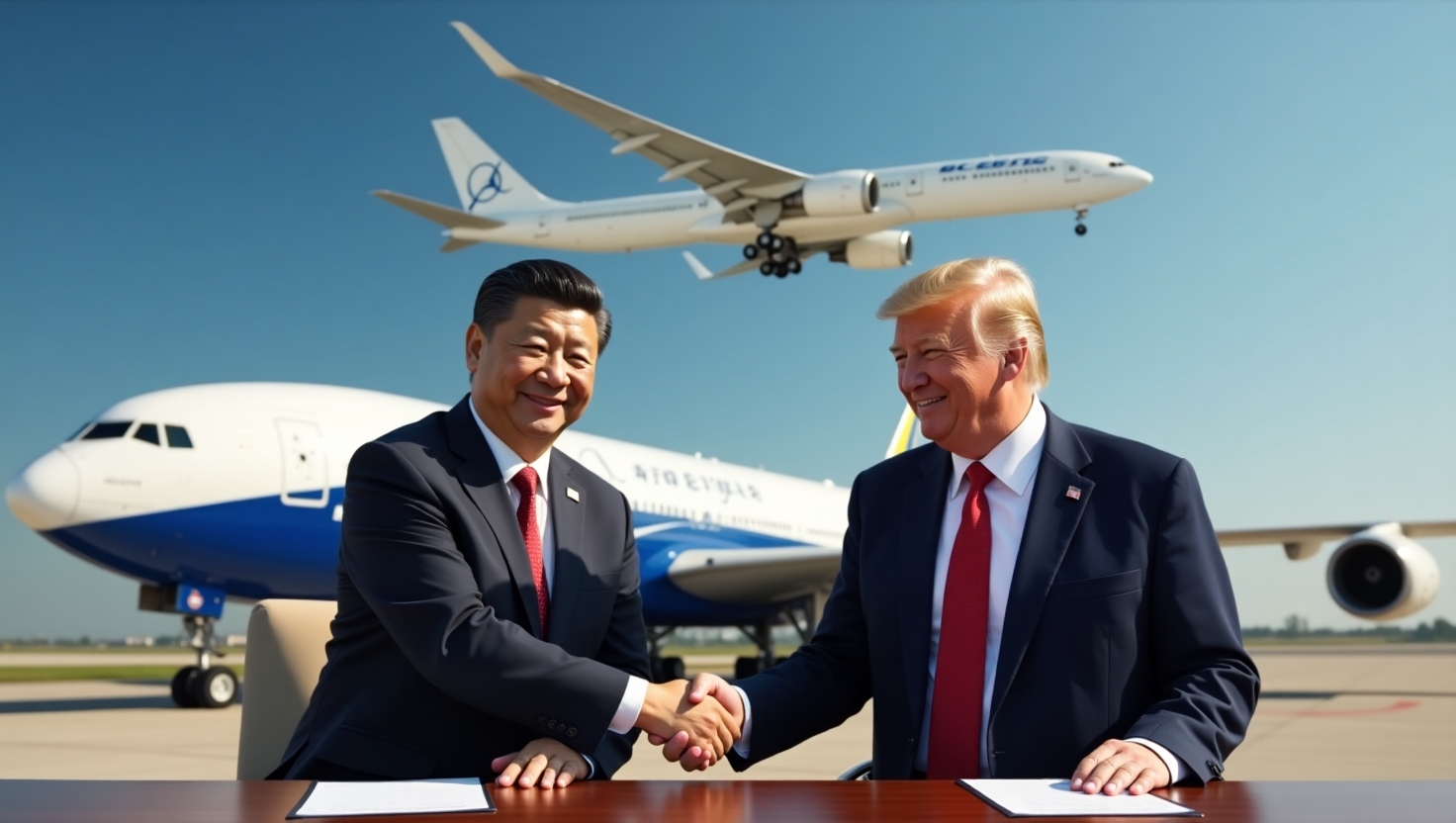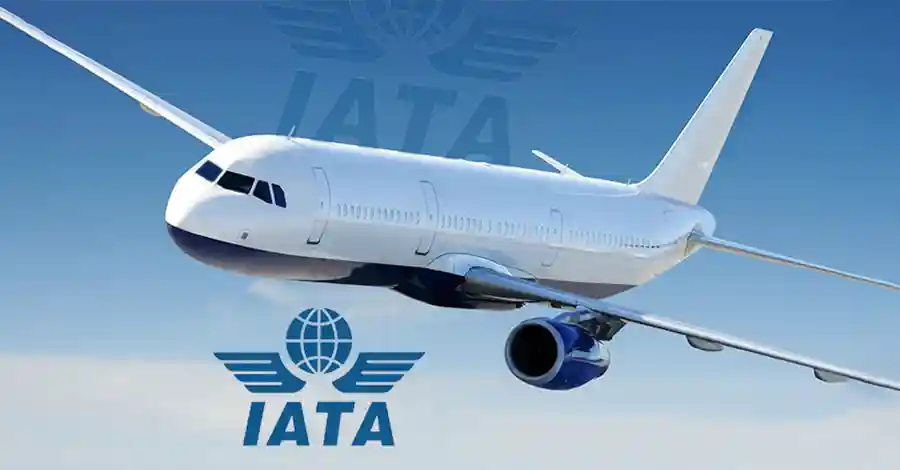In what could become one of the largest aviation transactions in history, China is moving closer to finalizing a deal to purchase up to 500 Boeing aircraft, according to Bloomberg News. This massive Boeing-China deal represents a potential turning point in US-China trade relations and comes as a significant victory for President Donald Trump’s trade negotiation strategy.
The 500-aircraft purchase agreement would end a prolonged sales drought that has stretched back to 2017, marking Boeing’s return to China’s booming aviation market after years of tensions. For the struggling American aerospace giant battling global economic headwinds and production challenges, this deal represents nothing short of a lifeline.
Market Reaction: Boeing Shares Surge on China News
Financial markets responded enthusiastically to reports of the China-Boeing aircraft deal. The company’s stock jumped 3.7% in pre-market trading following the Bloomberg report, though gains moderated to under 1% within approximately 15 minutes of Tuesday’s trading session opening.
Stock Performance Indicators
The immediate market response signals investor confidence that:
- Deal probability: High likelihood of finalization
- Financial impact: Substantial revenue potential
- Strategic value: Market access restoration
- Long-term outlook: Improved company prospects
This stock movement demonstrates how critical the Chinese market remains for Boeing’s financial health and future growth trajectory.
The Stakes: Why This Deal Matters So Much
The potential 500 Boeing planes to China transaction carries enormous implications across multiple dimensions—economic, political, and strategic.
Financial Magnitude
While specific financial terms haven’t been disclosed, aviation industry analysts estimate:
- Per-aircraft value: $100-150 million depending on models
- Total deal value: Potentially $50-75 billion
- US jobs impact: Thousands of manufacturing positions
- Supply chain effects: Massive boost to aerospace suppliers
Boeing’s Sales Drought Context
The transaction would end a sales drought that stretches back to President Trump’s last visit to China in 2017. During this period, Boeing has watched competitor Airbus gain significant ground in the world’s largest aviation market.
Sales Drought Consequences:
- Lost market share to European rival Airbus
- Reduced production efficiency
- Weakened China relationships
- Revenue pressure on company
Trump Administration Trade Strategy Success
The Boeing-China aircraft deal represents a major diplomatic and economic achievement for the Trump administration’s approach to US-China trade negotiations.
Trade War Context
The deal is said to be at the center of a trade agreement between President Donald Trump and China’s President Xi Jinping, according to sources familiar with the matter. This positions the aviation purchase as part of broader trade relationship normalization.
Previous Trump-Era Boeing Deals
The Trump administration has actively facilitated Boeing sales to allied nations. In May 2025, President Trump played a leading hand in securing Boeing orders from Middle Eastern countries, with Etihad agreeing to purchase a mix of Boeing 787 Dreamliners and 777X aircraft during a visit to the United Arab Emirates.
Political Implications
For Trump’s trade policy narrative:
- Negotiation validation: Demonstrates deal-making effectiveness
- Manufacturing focus: Supports American jobs agenda
- China strategy: Shows engagement can produce results
- Election impact: Powerful talking point for supporters
Deal Structure and Timeline
A US lawmaker delegation visiting Beijing confirmed that China is likely to proceed with the significant Boeing deal, saying negotiations are in “the final days or weeks”, according to Reuters reporting from a September 23, 2025 press conference.
Negotiation Status
The deal appears to be in advanced stages:
Current Phase:
- Final technical negotiations
- Pricing and terms finalization
- Delivery schedule coordination
- Financing arrangements
Timeline Expectations:
- Agreement signing: Potentially within weeks
- First deliveries: Likely 12-18 months post-signing
- Full delivery schedule: Spanning multiple years
- Model allocation: Mix of narrow-body and wide-body aircraft
Political Dependencies
Completing the deal depends on a long-term agreement in the ongoing trade war between Washington and Beijing, according to Bloomberg sources. This linkage means:
- Tariff considerations: Trade barriers must remain manageable
- Diplomatic climate: Stable bilateral relations required
- Regulatory approvals: Both nations’ authorities must cooperate
- Political will: Leadership commitment on both sides essential
Boeing’s Recovery Journey
The massive China aircraft order comes as Boeing navigates significant operational and reputational challenges.
Recent Company Struggles
Boeing has faced multiple headwinds:
Production Issues:
- 737 MAX crisis and recovery
- 787 Dreamliner quality problems
- Supply chain disruptions
- Labor relations challenges
Market Competition:
- Airbus market share gains
- China’s domestic aircraft development
- Regional jet competition
- Customer confidence rebuilding
China Market Lost Ground
Boeing CEO Kelly Ortberg told CNBC that China “in fact stopped taking delivery of aircraft due to the tariff environment,” with a few 737 Max planes set for Chinese carriers being flown back to the US.
This delivery suspension illustrated how deeply trade tensions affected Boeing’s China business.
China’s Aviation Market Dynamics
Understanding China’s perspective helps contextualize why this 500-aircraft Boeing purchase makes strategic sense for Beijing.
Growing Aviation Demand
China’s aviation sector presents compelling growth fundamentals:
- Passenger growth: Rising middle class driving travel demand
- Fleet modernization: Aging aircraft requiring replacement
- Route expansion: New domestic and international services
- Economic development: Regional connectivity improvements
Aircraft Fleet Requirements
China’s airlines need substantial capacity additions:
- Current fleet size: Approximately 4,000 commercial aircraft
- Projected needs: Thousands of new planes over next decade
- Replacement cycle: Older aircraft reaching retirement
- Market expansion: New carriers and routes launching
Supplier Diversification
For China, the Boeing deal serves multiple purposes:
Strategic Considerations:
- Trade balance: Addresses US trade deficit concerns
- Diplomatic gesture: Demonstrates good faith in negotiations
- Technology access: Maintains relationship with leading manufacturer
- Market competition: Balances Airbus relationship
Impact on US-China Trade Relations
The Boeing aircraft deal with China carries significance far beyond the aviation industry.
Trade Deficit Implications
The massive purchase would:
- Reduce US trade deficit with China
- Support American manufacturing jobs
- Validate bilateral negotiation approach
- Create positive momentum for broader agreements
Diplomatic Signaling
Both nations use the deal to signal:
US Perspective:
- Engagement produces concrete results
- Trade pressure works when applied strategically
- American manufacturing remains competitive
- Relationship management possibilities exist
China Perspective:
- Willingness to make substantial purchases
- Recognition of mutual economic interests
- Capacity for pragmatic cooperation
- Balanced approach to supplier relationships
Aviation Industry Competitive Landscape
The China-Boeing 500-plane deal dramatically shifts competitive dynamics in global aerospace manufacturing.
Boeing vs. Airbus Battle
The European aerospace giant Airbus has aggressively pursued Chinese market share during Boeing’s absence:
Airbus China Strategy:
- Final assembly facility in Tianjin
- Substantial aircraft deliveries during Boeing’s drought
- Technology partnerships and cooperation
- Market share gains across aircraft categories
Boeing’s Response:
- This 500-aircraft deal reclaims momentum
- Demonstrates enduring Chinese customer relationships
- Validates US government support value
- Positions for sustained competition
China’s Domestic Aircraft Development
China is simultaneously developing its own commercial aircraft industry:
COMAC Progress:
- C919 narrow-body jet entering service
- C929 wide-body aircraft under development
- Regional aircraft production
- Growing technological capabilities
The Boeing purchase doesn’t contradict China’s domestic aviation ambitions but complements them during the development phase.
Economic Impact on United States
A 500-plane Boeing order from China creates substantial economic ripple effects throughout the American economy.
Direct Manufacturing Jobs
Aircraft production is labor-intensive:
- Boeing facilities: Assembly line workers, engineers, quality control
- Production increase: Additional shifts, expanded workforce
- Skill development: Training programs, technical education
- Regional impact: Economic boost for Washington State, South Carolina
Supply Chain Benefits
Boeing’s vast supplier network benefits proportionally:
Supplier Categories:
- Engine manufacturers (GE Aerospace, others)
- Component producers (avionics, systems, interiors)
- Materials suppliers (composites, metals)
- Service providers (logistics, tooling, equipment)
Broader Economic Multipliers
Economic modeling suggests:
- GDP contribution: Billions in economic activity
- Tax revenue: Federal and state tax generation
- Community impact: Supporting local economies
- Innovation investment: R&D funding sustainability
Expert Analysis and Perspectives
Aviation industry experts and trade analysts offer varied perspectives on the Boeing-China aircraft deal.
Industry Observer Views
Aviation analysts note several critical factors:
Cautious Optimism: “While the 500-aircraft figure represents an enormous opportunity, actual deliveries depend on numerous factors including production capacity, customer specifications, and sustained positive trade relations,” industry observers caution.
Historical Context: Large announced orders don’t always translate to immediate deliveries. Financing, production slots, and specifications require extensive coordination.
Trade Policy Experts
Trade specialists emphasize:
Conditional Success: The deal’s finalization depends on broader trade agreement stability. Any escalation in tariff conflicts could jeopardize the transaction.
Precedent Importance: Success here could establish patterns for future US-China economic cooperation in other sectors.
Potential Challenges and Risks
Despite optimistic headlines, the 500-Boeing-plane China deal faces several potential obstacles.
Political Risk Factors
US-China Relations:
- Trade war escalation possibilities
- Geopolitical tensions over Taiwan, South China Sea
- Technology transfer concerns
- Congressional opposition potential
Domestic Politics:
- US election cycle uncertainties
- Changing administration priorities
- Labor union considerations
- National security reviews
Economic Considerations
Financing Complexity:
- Securing billions in financing
- Currency exchange arrangements
- Payment terms negotiations
- Credit risk assessment
Market Conditions:
- Global economic uncertainty
- Aviation demand fluctuations
- Competitive pressures
- Production capacity constraints
Operational Challenges
Boeing Production:
- Manufacturing capacity limitations
- Supply chain coordination
- Quality control imperatives
- Delivery schedule management
Chinese Requirements:
- Specific model configurations
- Technology specifications
- Regulatory compliance
- Support infrastructure development
Looking Ahead: What Comes Next
As the Boeing-China 500-aircraft deal moves toward potential finalization, several developments will determine outcomes.
Near-Term Milestones
Critical Steps:
- Formal agreement signing
- Model selection finalization
- Delivery schedule establishment
- Financing arrangements completion
- Regulatory approvals secured
Medium-Term Outlook
Implementation Phase:
- Production ramping up
- Supplier coordination
- Quality assurance protocols
- Delivery logistics planning
Long-Term Implications
Sustained Impact:
- US-China trade relationship normalization
- Boeing competitive position strengthening
- American manufacturing sector support
- Aviation industry stability enhancement
According to reports from Singha Darbar, trade experts are watching this development closely as a potential template for future US-China economic cooperation.
Conclusion: A Pivotal Moment in Trade Relations
The potential 500-aircraft Boeing sale to China represents far more than a commercial transaction—it’s a pivotal moment in US-China relations, Trump administration trade policy, and Boeing’s corporate recovery.
For President Trump, this deal validates his confrontational yet transactional approach to trade negotiations. For Boeing, it offers a crucial lifeline during challenging times. For China, it demonstrates pragmatic willingness to make substantial purchases supporting bilateral relationship improvement.
Success depends on sustained diplomatic engagement, stable trade relations, and effective execution by all parties. If finalized, this historic aviation deal could mark a turning point in the world’s most important bilateral economic relationship, proving that despite tensions and competition, mutual economic interests can still produce cooperation.
As negotiations enter their “final days or weeks,” the world watches to see whether this massive aircraft deal will become reality—transforming headlines into tangible economic benefits, jobs, and improved international relations.



















Comments